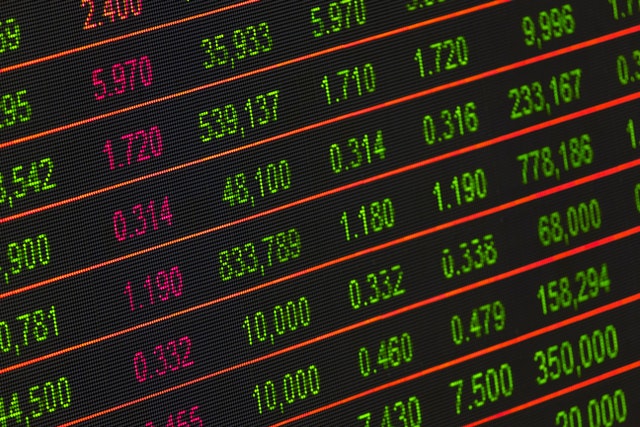The exchange market offers traders and investors numerous trading options, and one of them is index trading. This type provides many assets in one investment. Simply put, you create a diversified portfolio or broaden your already enriched one.
Index trading is not hard no learn. Beginner traders first need to gain experience and knowledge of index statistics and forecasts.
For example, the DJIA is the most closely watched benchmark index in the U.S., and the US Stock Market Index reached an all-time high of 36952.65 in January 2022. If you know that, you can start prepping for your next investment.
This post will go through what index trading presents and how it works.
Table of Contents
What is an Index?
An index represents a group of financial instruments that measure the performance of one exchange. The first stock index was created in 1896 by Charles Dow, who had an idea to aggregate the economy’s performance swiftly.
Referred to as the Dow Jones index (DJI), it started with 12 companies, and today, it includes 30 of the most influential and largest U.S. firms.
The most prominent indices on the market today are:
- Nasdaq 100
- S&P 500
- Dow Jones Industrial Average
- FTSE 100
- Euro Stoxx 50
- Dax 30
Index Trading Explained
Index trading is a passive investment technique where investors follow the rising and falling of index prices. It allows traders exposure to entire economies or sectors with one trade through indices.
Independent institutions rank indices. Traders may know the abbreviations of an index, but not all know that it may be traded via CFDs. These may be analyzed, purchased, and sold similarly to stocks.
How Do Indexes Work?
The stock index represents different entities’ performances. They may represent a country (DAX 30 – German index), a global track (S&P 100), or stock indices representing a sector (Nasdaq index – technology).
The rise or fall of the stock index prices indicates the asset’s overall performance within the industry or group. For example, the increase or decrease of the stock index of Nasdaq shows how stocks within the Nasdaq sector move. However, note that this doesn’t necessarily mean that all individual stock prices fluctuate.
Trading Stock Market Indices
Indices may be traded as CFDs (contract for difference) through a B2B forex platform. This means that you are trading on the price movements, not trading assets. You can trade indices via index futures CFDs or index cash CFDs.
Index future CFDs are preferred by investors who deal with medium to long-term trades. They are exchanged at an agreed price for delivery in the future and are always settled in cash.
Index cash CFDs are considered short-term investments due to the tighter spreads, which is why traders prefer them. Cash indices are traded at a spot price, i.e., the market’s current price. If they are used upon their expiration, these are called European-styled options, but if they are used at any time, they are American-style options.
How Are Indices Calculated?
Calculating index prices before the digital era was difficult, but things are much easier today. Usually, investors use the market capitalization formula. This formula shows the worth of the company stock by total dollar market value:
Share price x Number of shares = Market capitalization of all shares
Index Trading Strategies
Index trading strategies depend on risk tolerance, availability, and how fast the investor wishes to see a return on investment. Some of the main methods include:
Scalping indices – Extremely short-term exchanging where trades are opened and closed within minutes. This means the profit is small, so investors must trade very high volumes to get a decent income.
Day trading indices – Trades are made within a day and last a few hours.
Swing trading indices – These are long-term tradings that can go for a few days and up to several weeks. This strategy focuses on evening-out price fluctuations over a longer period rather than bothering with small daily price variations. It is an excellent approach for beginner traders.
Using the Benefits of Index Trading: Final Words
Index trading is one of the best ways for beginners to get started on the exchange market. It may not be as exciting as other markets, but there are reasons index trading is popular amongst both beginner traders and experienced investors.
Open a trading account to access multiple global indices and take advantage of their fluctuations. Following the index reshuffling can be interesting, especially in moments when new ones replace bad-performing stocks with significant growth.
Those just entering index trading should know that very little capital is needed to start. So regardless of whether you are a beginner or an experienced trader, index trading can increase your active and passive income.


